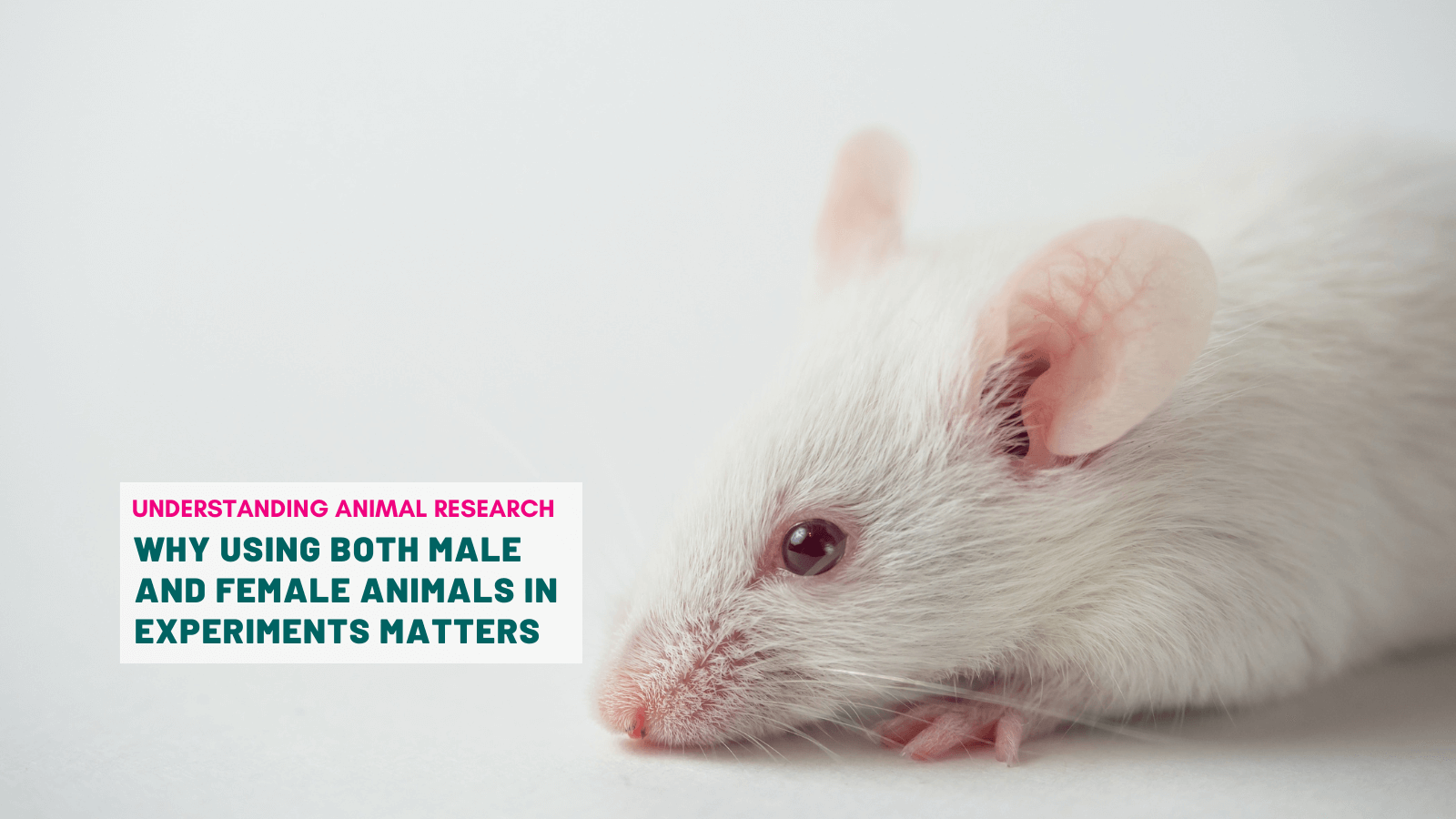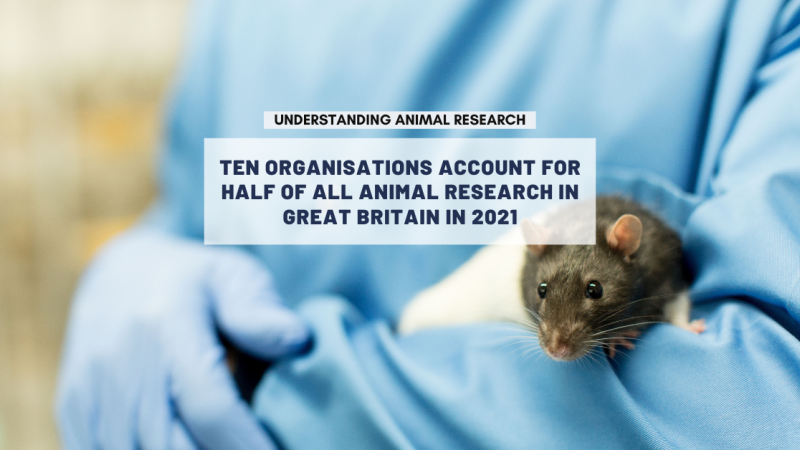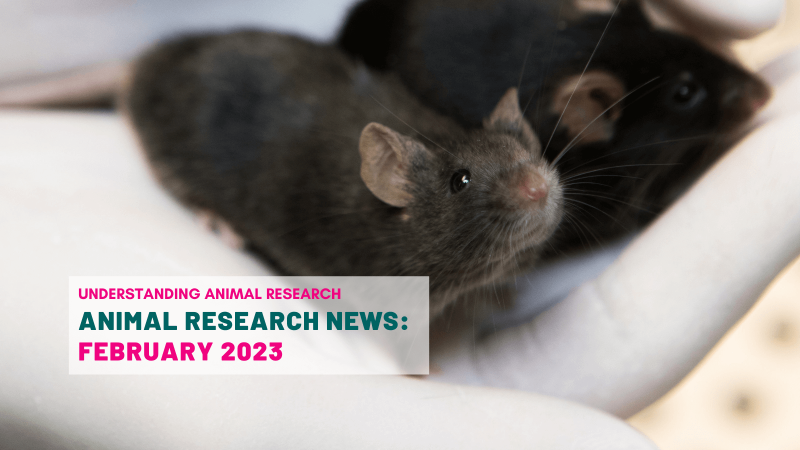Female discrimination is deeply embedded into our health systems. So much so that females tend to be under-represented even in pre-clinical research based on cells and animal models. This reliance on mostly male models to study diseases or develop drugs has led to medical treatments that may not be effective for half of the population.
Males and females need equal representation in research
Due to intrinsic genetic, hormonal and other differences, males and females don't have the same bodies, don’t develop the same symptoms to the same diseases and don’t react to drugs such as aspirin in the same way. A study found that over 13,000 genes are expressed differently between the sexes and sex-biased patterns of gene regulation can be linked to over 50 bodily traits and functions.
Males and females are different and that difference should be represented in all scientific studies. Studying both sexes in research is important to get the whole picture and avoid generating biased results.
Unfortunately, this hasn’t always been respected. For a long time, using male models in research was a default approach. Women and non-human female mammals were dismissed, often on the assumption that results from males apply to females. Male animals were used six times more often than females, and figures from a more recent analysis in 2017 suggest this situation has only improved marginally. In a recent survey conducted by The MRC, only 44% of grant applications from May 2020 specified the sex of their animals, tissues or cells. Of these, only 56% justified their choice of sex and only 54% of applications planned to use both male and female animals.
In a – let’s face it - very masculine scientific environment, male models were considered ‘easier’ because they are bio-chemically more uniform. It was only later shown that actually, for most applications, female mice tested through their hormonal cycle display no more variation than males do. In fact, ironically, males tend on average to display more variations and a broader spectrum of behavioural traits such as appetite or exercise. Hormones aren’t a uniquely female problem. Testosterone levels of male mice can also vary widely.
The deadly bias
NC3Rs Experimental Design Assistant
Use the NC3Rs’ Experimental Design Assistant to plan your experiments using both sexes Read more ►
This bias towards choosing male systems to work on has led to numerous shortcomings for women. Many discoveries into the basic understanding of our biological systems but also of the diseases we suffer from were based on a masculine point of view. A lack of balance between the sexes in animal and cellular models has made applying the results of research to humans a lot trickier. Equally, drug development and dosages have been mostly characterised based on male standards, causing females to experience more side effects and sub-optimal care when receiving medicines.
Consequently, in our society today, women are 1.5 more likely to develop adverse reactions to prescriptions than men. A recent BHF study notably highlighted inequalities in awareness, diagnosis and treatment of heart attacks in woman in the UK. The numbers are striking. Within five years of their first heart attack, 47% of women die, develop heart failure, or suffer from a stroke, compared with 36% of men. Women experiencing a heart attack are less likely to recognise their symptoms and are more likely to delay seeking help, waiting 37 mins longer than men. A woman is also 50% more likely to receive the wrong initial diagnosis leading to a 70% increase in the risk of dying. All inequalities added up, it is estimated that more than 8,200 heart attack deaths in women in England and Wales over the last ten years could have been prevented if they had received the same standard of care as men.
It is evident that the reliance on male-only models to study diseases or develop drugs is a subtle and hard to see form of sexual discrimination. Giving equal rights to men and women also means equal health, equal understanding of their body and equal health care. Sexual parity in the use of animals in research is crucial, as is sex-specific analysis of the results. And right now, conditions are not optimal.
The MRC’s new requirement to use both sexes
Despite these shortcomings in equal representation of sexes in research, the issue is taken very seriously and is increasingly being addressed. Some researchers do already take use of both sexes into consideration. The UK Research and Innovation’s Medical Research Council (MRC) leads the way among UK funders to make sure that both male and female animals are included in studies where possible.
In order to ensure that the top quality medical research it funds is relevant to and benefits the whole of society, the MRC now requires the inclusion of both sexes in all grant applications involving animals, and human and animal tissues and cells, unless there is a strong justification for not doing so.
“We want researchers to include both sexes in their study design as a default,” details Ivan Pavlov, Head of Preclinical Good Research Practice Policy at the Medical Research Council. “It is also important to specify the sex when reporting the results of experiments and analyse data using sex as one of the variables. The implication of using only one sex in the study is that such findings might not be generalisable, potentially risking leaving out half of the population.”
Watch the NC3Rs/MRC Webinar
Watch the MRC/NC3Rs webinar: Using both sexes in animal experiments to learn more Read more ►
Starting from September 2022, all MRC applicants have been expected to include information about the sex of the animals used in experiments, as well as the sex of studied human and animal tissues and cells. The new requirements have been developed based on the recommendations of a working group of experts in biomedical research, statistics and experimental design.
“The inclusion of both sexes in research design is good practice that leads to better, more reliable and reproducible science,” argues Pavlov. “This is part of a broader MRC effort to improve diversity and inclusion in experimental design, and to better tailor research to the needs of our diverse society”.
Better representation increases the power of scientific discoveries
The MRC’s survey showed that the majority of researchers saw the benefits of considering diversity in their research. It improved translatability and reproducibility of their research, as well as allowed to detect and explore sex specific differences.
Pavlov explains: “The more parameters of the experiments are considered and reported, the more likely experiments can be readily compared and reproduced.”
Increased inclusion and diversity within research design are drivers of translatability of results and applicability in the biomedical sector as it embraces representation of a broader population. Including both sexes in experimental design also respects the 3Rs principle and although it can mean more animals are used for a specific experiment, a lot more information is coming out of the research that is more relevant to real life.
“The requirement to use both sexes doesn’t contradict the 3Rs, as more informative experimental data are acquired and the results of such experiments are more reliable and widely applicable,” explains Pavlov. “An experiment that only accounts a narrow set of parameters is less likely to apply to a broader population.”
MRC is committed to helping the research community embed consideration of diversity into their research design. Usage and reporting of both sexes is research is helping to address this.
Claire Newland, MRC Director of Policy, Ethics and Governance said:
“This change in requirement is the result of extensive consultation with researchers and is an important development which will contribute to MRC’s commitment to fund the best quality research, relevant to and of benefit to the whole of society. I am proud MRC is leading the way on this in the UK, and I hope it inspires other UK funders to follow suit.”
Last edited: 25 April 2023 14:22




